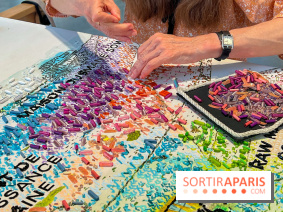Did you know that the Seine flood of January 1910 is considered one of the most catastrophic in Paris history? This event, often referred to as the 100-year flood, not only submerged half the city, but also left an indelible mark on Parisian history. Let's delve into the history of this memorable flood.
January 20, 1910 marked the start of the flood. At the time, Paris was France's largest port, rivalling Marseille and Le Havre in importance. This period was marked by accelerated modernization, with the expansion of electrification, the development of the metro and the emergence of motor vehicles, symbolizing a city in the throes of transformation since the end of the Second Empire. Despite a major flood of the Seine in 1876, the population was not worried, and confidence in technological progress and the city's modernized infrastructure left little concern about the possibility of another major flood, deemed premature.
However, that winter was characterized by particularly unfavorable weather conditions, with heavy precipitation and cold temperatures, rendering the frozen ground impermeable. As a result, water did not seep into the ground but ran off the surface, exacerbating the rise in water levels. The causes of this exceptional flooding are manifold. The Seine watershed, extending over a large part of northeastern France, was particularly affected by heavy rainfall. In addition, the geographical location of Paris, in a kind of basin, exacerbated the extent of the flooding. Urban development and the densification of the sewer network contributed to the rapid spread of water across the city.
When Parisians awoke that day in the cold and rain, they discovered the Zouave on the Pont de l'Alma submerged to the foot, a warning signal of the impending crisis. Navigation on the Seine was quickly banned, a warning sign of the seriousness of the situation.
The Yonne, Loing, Grand Morin and Marne rivers, swollen by incessant rainfall, poured impetuous streams into the Seine, causing an unprecedented rise in water levels. On January 26, the level reached almost 7.51 meters, flooding the quays and turning landmarks such as the Gare Saint-Lazare and Boulevard Haussmann into stretches of water. January 28 saw the peak of the flood, with the water level rising to 8.62 meters, radically altering the daily lives of Parisians, who had to navigate the city by boat.
The following day, although the rains stopped and the Seine began to recede, the consequences were disastrous: 40 kilometers of urban roads were flooded, affecting 12 districts and affecting 200,000 buildings. Numerous monuments, including the Palais de Justice and its precious archives, were swallowed up. Material damage amounted to over 400 million gold francs, or around 1.6 billion euros today. Efforts to restore and reinforce the damaged structures were immense. This event had a profound effect on the company, dominating conversation and the postcard market in France until 1913. Below, the Gare d'Orsay and the Jardin d'Acclimatation under water.
The flood gradually subsided after January 30, but it wasn't until March 15 that the Seine returned to its normal course and life resumed its usual rhythm. This natural disaster took a heavy toll: almost 1.5 billion euros in damage, 5 victims and the tragic loss of a giraffe in the Jardin des Plantes, which died of pneumonia, not to mention the impact on public health, with cases of typhoid and scarlet fever. This sad episode highlights the vulnerability of Paris, despite its status as a major port metropolis in the throes of modernization.
The flood also revealed the vulnerability of Paris's infrastructure. The recently modernized sewage systems were overwhelmed by the influx of water, contributing to the rapid spread of the flood. What's more, the shutdown of the Société urbaine d'air comprimé plant meant that public clocks and elevators were out of action, adding to the chaos.
The economic consequences were devastating. Booksellers and publishers, in particular, paid a heavy price, losing entire stocks of books. The recession, which lasted several weeks, left behind a landscape of desolation, with muddy streets, damaged buildings and an economy that had to be rebuilt. Entire neighborhoods were submerged, vital infrastructure damaged, and the local economy badly hit. Vintage images show deputies making their way to the National Assembly in boats, and the Zouave on the Pont de l'Alma, a landmark of Paris flooding, with his shoulders under water. Navigation on the Seine was interrupted, major factories were shut down, and the rising waters brought essential services such as public clocks and elevators to a halt, exacerbating the chaos.
This historic flood was also the occasion for remarkableacts of solidarity. Organizations such as the Red Cross, the French Women's League and even the Camelots du Roi rallied to the aid of disaster victims, distributing soup kitchens, food, coal and clothing.
Despite the considerable damage, the 1910 flood was not particularly deadly. However, it left behind a heavy economic toll and an indelible memory in the minds of Parisians. This hundred-year flood remains a testament to the power of nature in the face of human advances, and a reminder of the need to anticipate and prepare for such events. The Seine still regularly floods today.
The story of the Zouave du Pont de l'Alma, the statue that measures flood levels on the Seine
Do you know the Zouave, the mythical statue on the Pont de l'Alma bridge that helps gauge the level of the Seine during major floods in Paris? [Read more]
Did you know? The Fontaine de Mars, also known as the Fontaine du Gros-Caillou, bears witness to the 1910 flood.
Discover the Fontaine de Mars, a neoclassical jewel in Paris's 7th arrondissement. Erected between 1806 and 1809, this fountain, which bears witness to the 1910 flood, is a landmark in Parisian history. [Read more]
Flooding: one Île-de-France department placed on yellow alert
Due to the passage of a new disturbance, several departments in France have been placed on yellow flood alert for Tuesday and Wednesday. In the Île-de-France region, one département is affected by this yellow alert. Here's an update on the situation. [Read more]
Did you know? What was the coldest winter in Paris?
Let's delve into Paris's winter history! Find out which winter left its mark on the capital with its extreme cold and its repercussions. What was Paname's worst winter? We tell you... [Read more]Paris: rediscover in pictures the last time the Seine froze over
These days, it's hard to imagine the river that flows through the capital frozen solid after days of bitter cold. Yet the last time the Seine was decked out in ice was back in 1956! Take a look at the pictures. [Read more]
Sources:
Pawlowski. Auguste. Les inondes de la Seine (Vie - XXe siècle)
Wikipedia : la crue de 1910
Photos : Paris Musées
Prices
Free
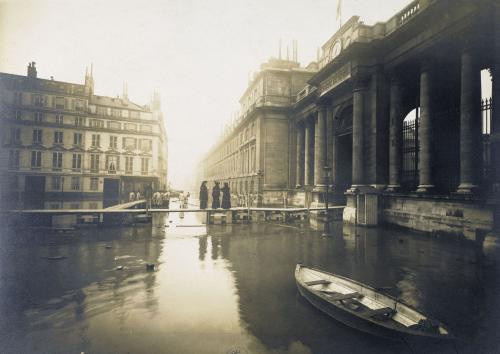



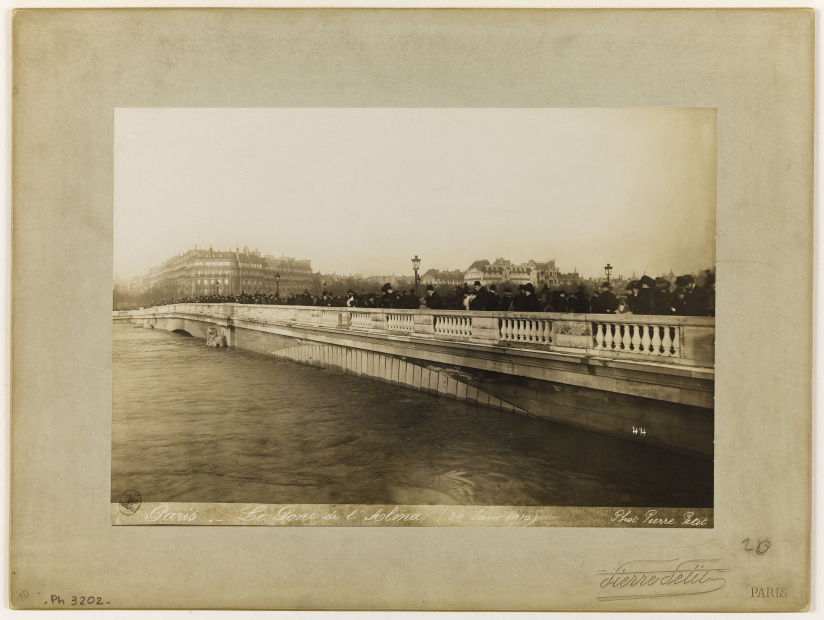



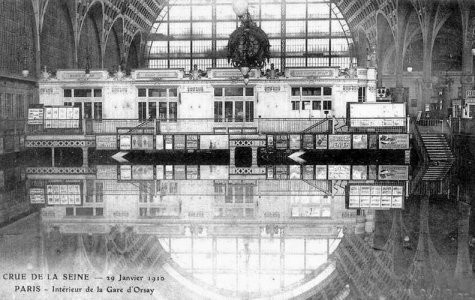




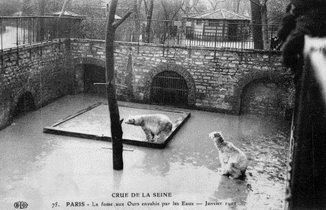


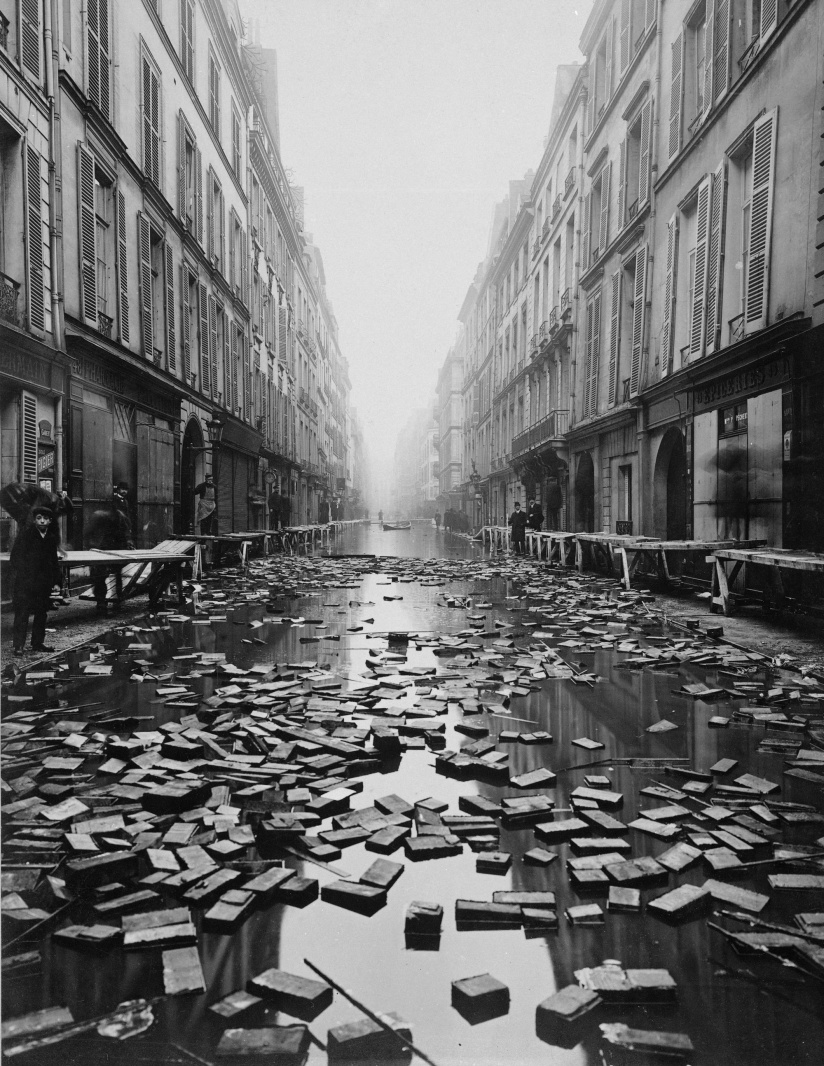




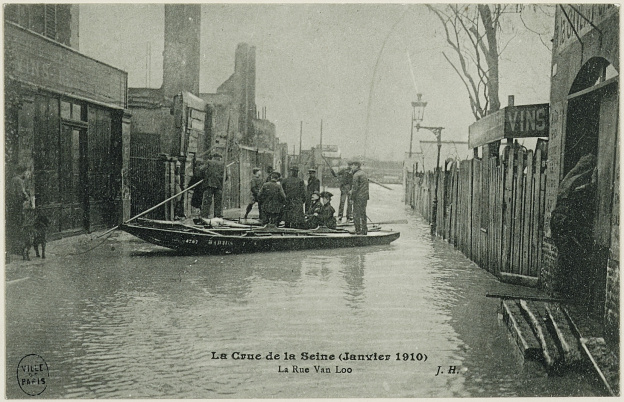


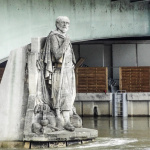


 The story of the Zouave du Pont de l'Alma, the statue that measures flood levels on the Seine
The story of the Zouave du Pont de l'Alma, the statue that measures flood levels on the Seine


 Did you know? The Fontaine de Mars, also known as the Fontaine du Gros-Caillou, bears witness to the 1910 flood.
Did you know? The Fontaine de Mars, also known as the Fontaine du Gros-Caillou, bears witness to the 1910 flood.


 Flooding: one Île-de-France department placed on yellow alert
Flooding: one Île-de-France department placed on yellow alert


 Did you know? What was the coldest winter in Paris?
Did you know? What was the coldest winter in Paris?







